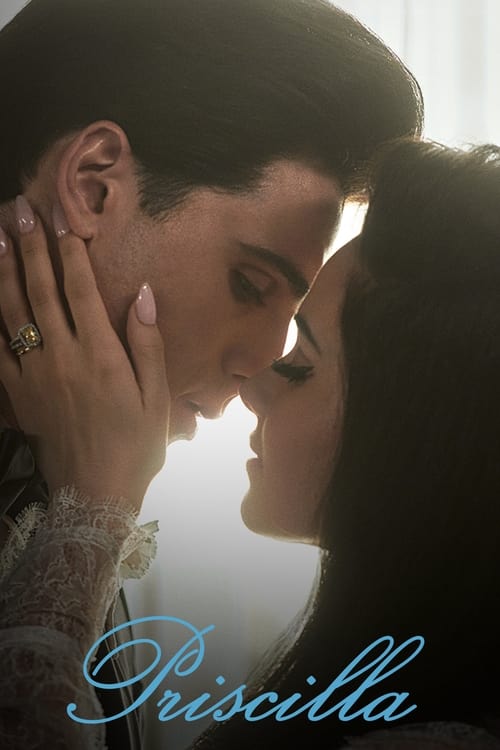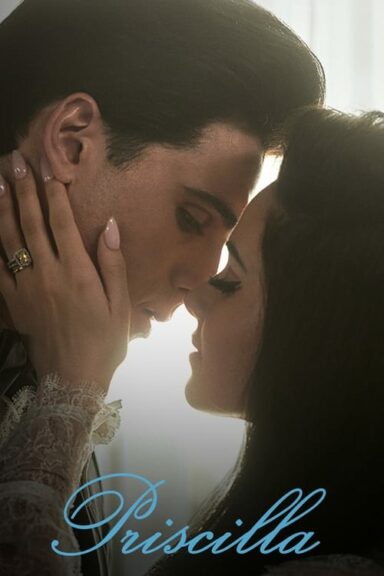
Sofia Coppola is one of those few filmmakers whose visual universe is so identifiable that just a few minutes of a film are enough to attest to their signature. Like Ken Loach, or as Michel Ciment would have put it, « that hedgehog », there’s a similar consistency in the themes she tackles, and it takes very little to recognize her signature. In terms of form, a Sofia Coppola film almost always features pastel colors, candy-pink decorations, the omnipresence of soft lighting, rays of light shining through interiors, as veils or halos, meticulous attention to detail in decoration (one could even speak of prevalence), and a sophisticated, assertive and omnipresent musical ambience. In terms of content, it’s often a question of giving pride of place to sensations, of focusing on little things that can be far more devastating than they first appear, of questioning the relationship with the father, the coming of age of young girls accustomed to the world of dolls and, more generally, of questioning appearances and their corollaries, the details of dress, coquetry and the relationship with beauty, which sometimes fills the emptiness of an existence, of an unsatisfied princess.
Sofia Coppola, we might say, proposes a formalism that is perfectly antagonistic to that of David Fincher, making us wonder whether it was really by chance that they were both in competition at Venice. Entrusting the adaptation of her
The fairy tale would have been shattered, as would the portrait of this child filled with innocence, in the grip of her admiration, and learning to discover herself. Living her dream will not be without consequences, depriving her of a normal existence, a simple relationship with others, living a situation seen by others as an immense privilege, synonymous with guaranteed happiness. Priscilla’s life has all the makings of a golden prison, the same one that has haunted Sofia Coppola since she was a child, and which naturally links the two women.
Coppola‘s work is truly Coppola, or even great Coppola, given the effort put into the costumes, sets, make-up, lighting, image, sound and music (Crimson and Clover, numerous Elvis covers on piano, evocative of the iron fist in Elvis’s velvet glove). The majestic staging, like the narrative precision – the reconstitution in detail -, contributes to the deceptive ambient softness (the very principle of the golden prison). The other side of the coin refers to trauma, disillusionment and the violence endured and turned inside out in order to escape.
Another of the film’s undeniable assets – and the Mostra jury made no mistake about it – is Sofia Coppola’s remarkable young actress, Cailee Spaeny, honored with a Silver Lion for Best Actress, for the precision of her gestures and her looks, and for the sensitivity she radiates.
Some may take offense at the fact that style takes precedence over the Elvis myth, that Coppola is somewhat disinterested in the King’s psychology, but as you will have noted, the film is called Priscilla (and not Elvis and I), so why criticize an artist for having followed her original intention, for having followed a perfectly personal path?

